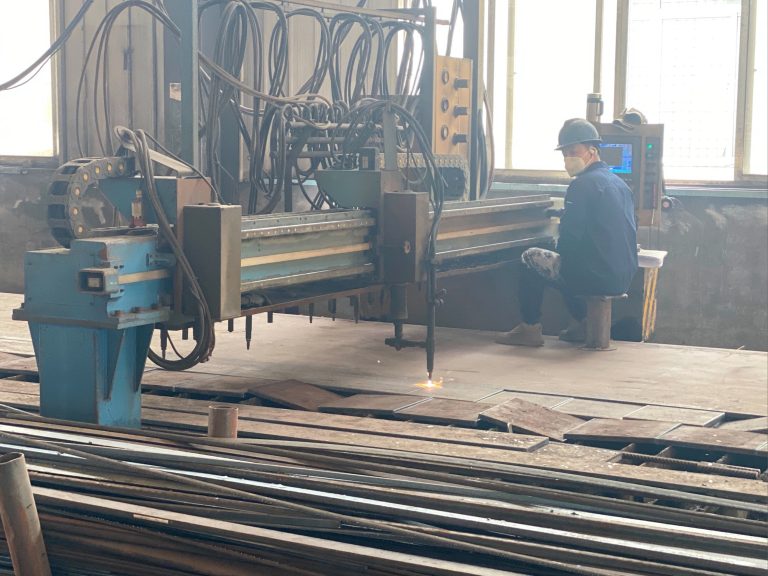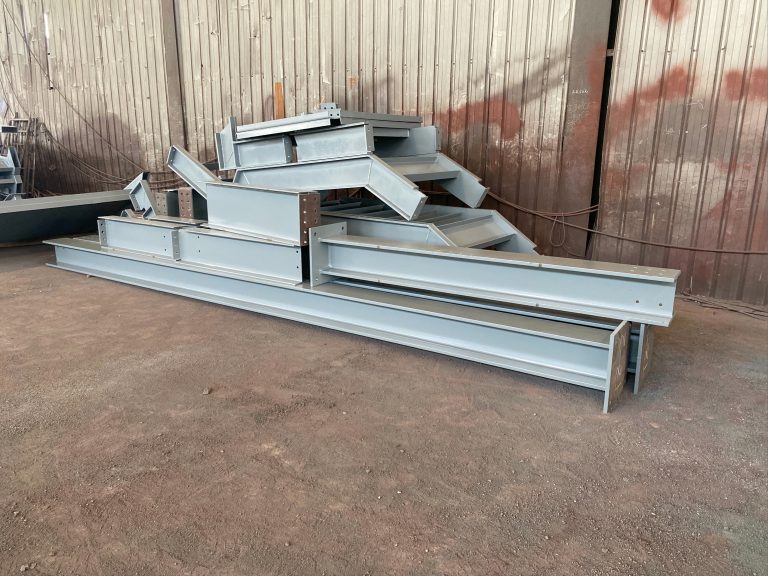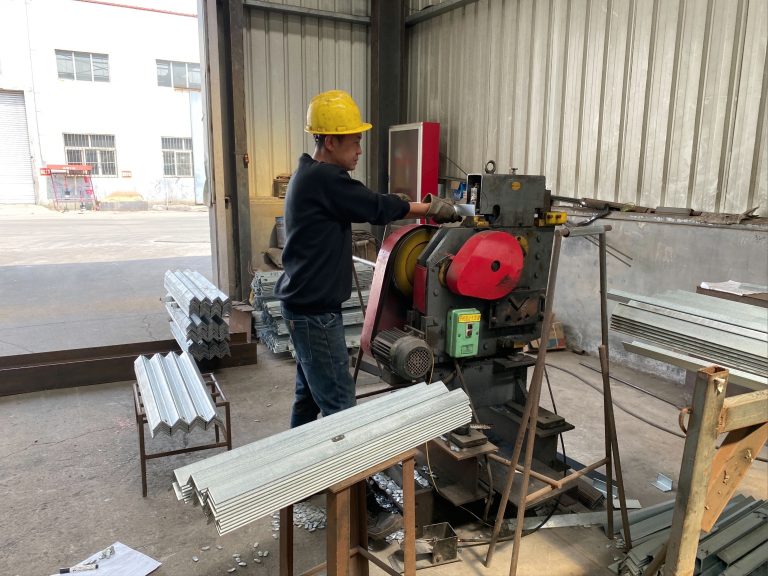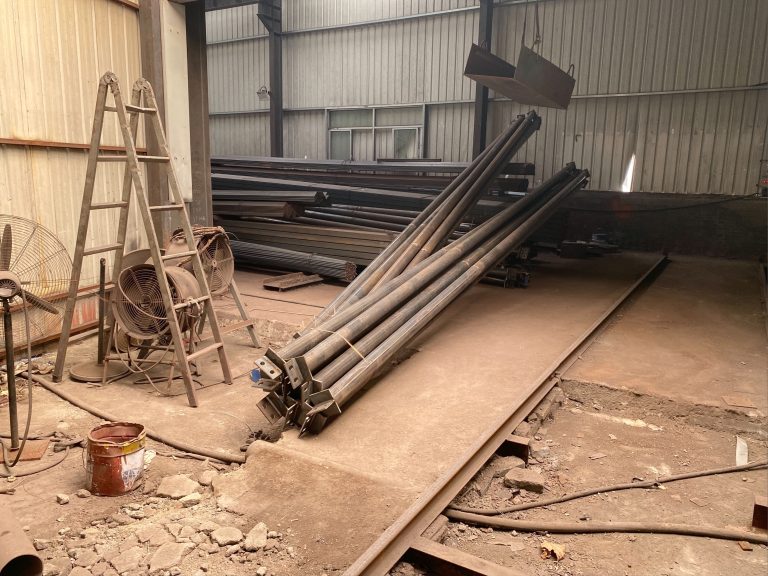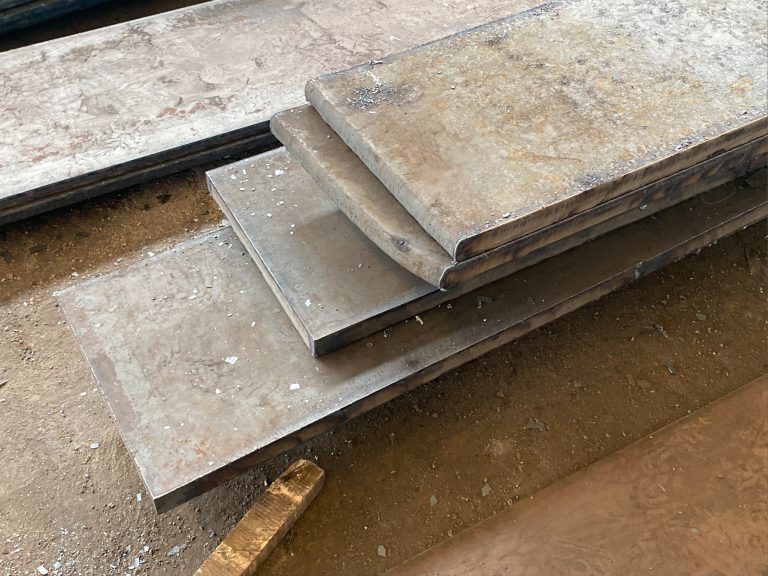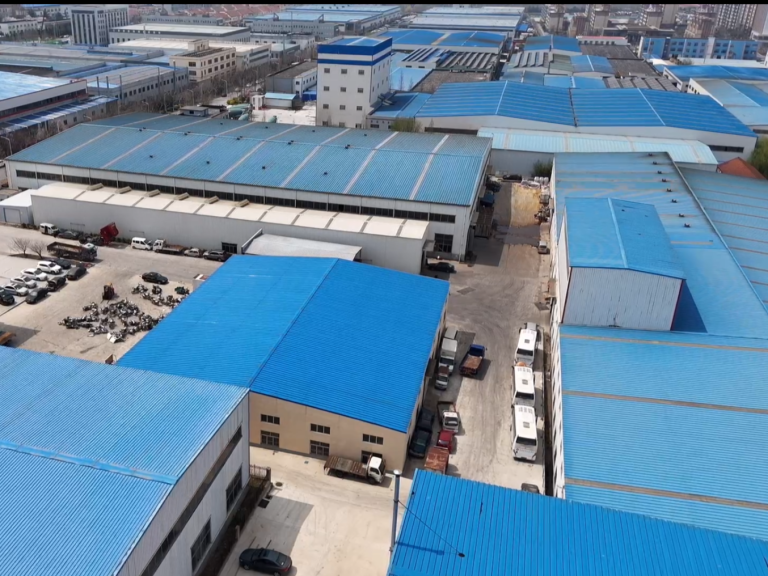Steel structure building industry intelligence: application of automation technology.
Table of Contents
Benefits of Implementing Automation Technology in Steel Structure Building Industry
The steel structure building industry has seen significant advancements in recent years, with automation technology playing a crucial role in improving efficiency and productivity. Automation technology refers to the use of control systems and information technologies to reduce the need for human intervention in various processes. In the steel structure building industry, automation technology has been widely adopted to streamline operations, increase precision, and enhance overall performance.
One of the key benefits of implementing automation technology in the steel structure building industry is the improvement in efficiency. By automating repetitive tasks such as cutting, welding, and assembling steel components, companies can significantly reduce the time and labor required to complete projects. This not only speeds up the construction process but also allows for more projects to be completed within a shorter timeframe, ultimately increasing revenue and profitability.
In addition to efficiency, automation technology also helps to improve the precision and accuracy of steel structure building processes. Automated systems are capable of performing tasks with a level of precision that is difficult to achieve manually. This results in higher quality finished products that meet strict industry standards and regulations. By reducing errors and inconsistencies, automation technology helps to minimize rework and waste, ultimately saving time and resources.
Furthermore, automation technology in the steel structure building industry enables companies to enhance safety in the workplace. By automating hazardous tasks that pose risks to workers, such as heavy lifting and welding, companies can reduce the likelihood of workplace accidents and injuries. This not only protects the well-being of employees but also helps to minimize downtime and associated costs.
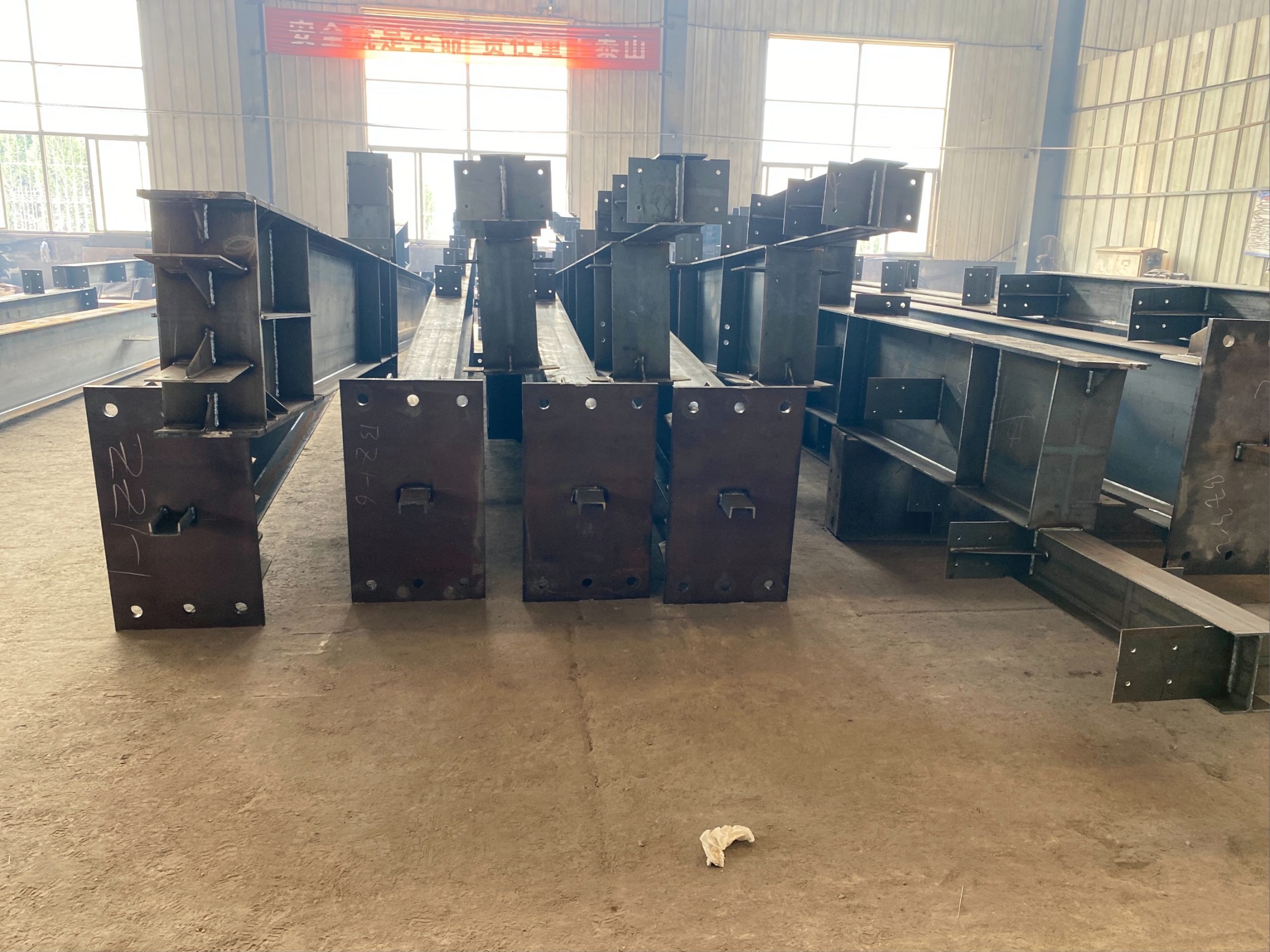
Another significant benefit of implementing automation technology in the steel structure building industry is the ability to increase production capacity. Automated systems can operate 24/7 without the need for breaks or rest, allowing companies to ramp up production levels and meet growing demand. This scalability is particularly valuable in a competitive market where companies are constantly looking for ways to increase output and gain a competitive edge.
Moreover, automation technology in the steel structure building industry also helps to reduce operational costs. By automating labor-intensive tasks, companies can lower labor costs and reallocate resources to more strategic areas of the business. Additionally, automation technology helps to minimize material waste and optimize resource utilization, further driving down costs and improving profitability.
Overall, the application of automation technology in the steel structure building industry offers a wide range of benefits, from improving efficiency and precision to enhancing safety and increasing production capacity. Companies that embrace automation technology are better positioned to stay competitive in a rapidly evolving industry and meet the demands of customers for high-quality, cost-effective steel structures. As technology continues to advance, the potential for automation in the steel structure building industry is limitless, offering endless opportunities for innovation and growth.
Future Trends and Innovations in Automation Technology for Steel Structure Building Industry
The steel structure building industry is constantly evolving, with new technologies and innovations shaping the way buildings are designed and constructed. One of the most significant advancements in recent years has been the application of automation technology. Automation technology has revolutionized the way steel structures are built, making the process faster, more efficient, and more cost-effective.
One of the key benefits of automation technology in the steel structure building industry is its ability to streamline the construction process. By automating tasks that were previously done manually, such as cutting and welding steel beams, automation technology can significantly reduce the time it takes to build a structure. This not only speeds up the construction process but also allows for greater precision and accuracy in the final product.
Another advantage of automation technology in the steel structure building industry is its ability to improve safety on construction sites. By automating tasks that are traditionally done by hand, such as lifting heavy steel beams or working in high-risk areas, automation technology can reduce the risk of accidents and injuries. This not only protects workers but also helps to minimize downtime and delays in the construction process.
In addition to streamlining the construction process and improving safety, automation technology can also help to reduce costs in the steel structure building industry. By automating tasks that were previously done manually, such as cutting and welding steel beams, automation technology can lower labor costs and increase efficiency. This can result in significant cost savings for construction companies, making steel structures more affordable and accessible to a wider range of clients.
One of the most exciting developments in automation technology for the steel structure building industry is the use of robotics. Robots can be programmed to perform a wide range of tasks, from cutting and welding steel beams to assembling prefabricated components. This not only speeds up the construction process but also allows for greater precision and accuracy in the final product. Robots can also work in hazardous or hard-to-reach areas, reducing the risk of accidents and injuries on construction sites.
Another innovative application of automation technology in the steel structure building industry is the use of 3D printing. 3D printing technology allows for the rapid prototyping of complex steel structures, making it easier to test and refine designs before construction begins. This can help to reduce errors and minimize waste, resulting in a more efficient and sustainable construction process.
Overall, automation technology is revolutionizing the steel structure building industry, making construction faster, safer, and more cost-effective. By streamlining the construction process, improving safety, and reducing costs, automation technology is helping to shape the future of the industry. As technology continues to advance, we can expect to see even more innovative applications of automation technology in the steel structure building industry, further improving efficiency and sustainability in construction projects.

